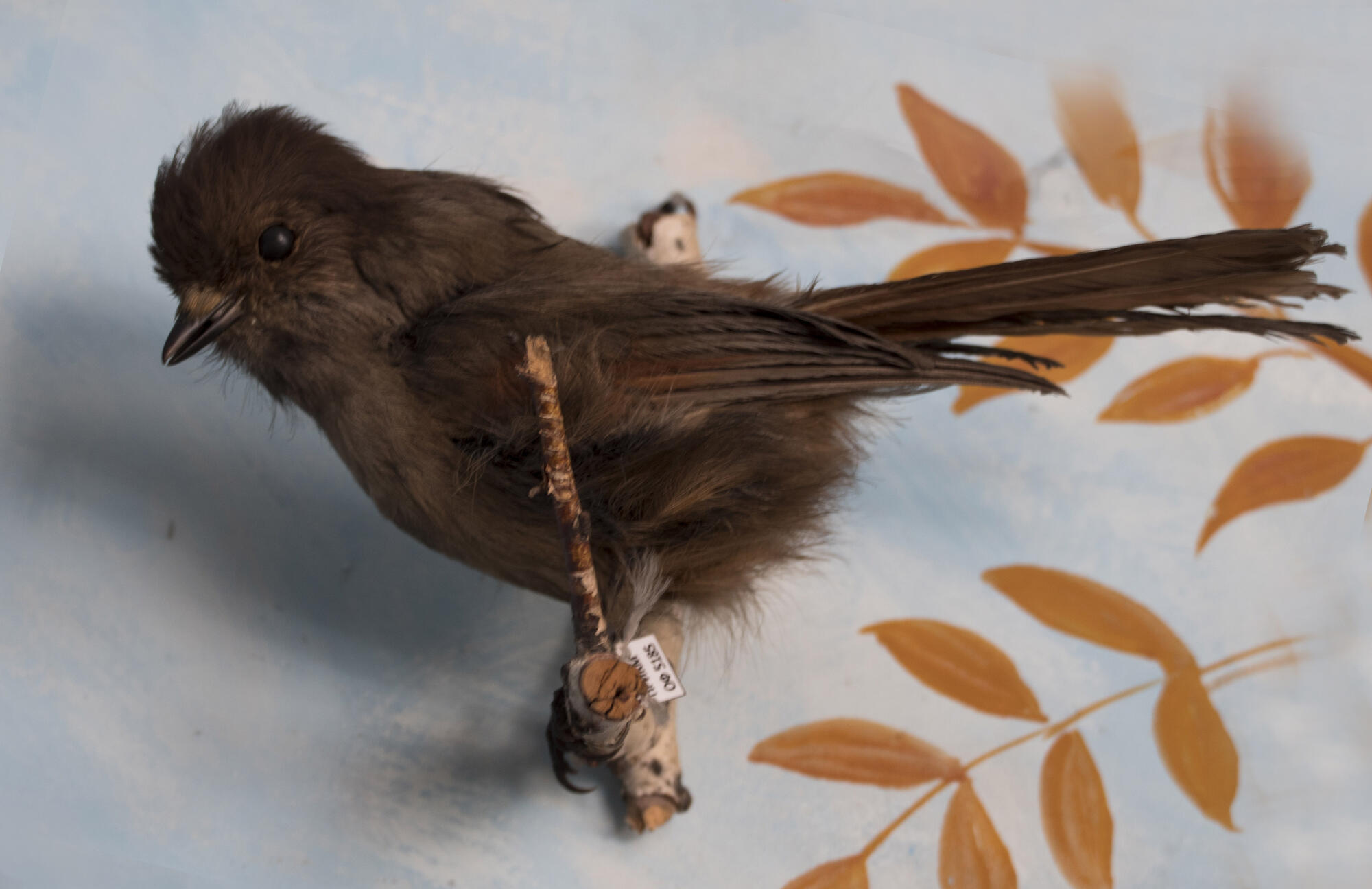The Eurasian jay is a bird with bright plumage from the crow family, which is common not only to our forests but also to the whole of Europe, North Africa, Asia Minor, the Caucasus, Crimea, northern Iran, southern Siberia, Sakhalin, Korea, China and Japan.
Its Russian name comes from the obsolete verb, which means to ‘glow’, on account of the bird’s beautiful multi-colored wings and lively disposition. It is also simply called jay.
In a forest, the Eurasian jay truly plays the role of a guard as it warns its neighbors about the presence of any strangers or interlopers by crying out sharply and flying from one branch to another noisily.
It is an easily frightened and risk-averse bird that on sensing danger, immediately takes flight from its comfortable perch. Hence, one can most often only catch a glimpse of it. Its distinguishing characteristics include a uniformly colored beige body with a light stomach and a flecked crown on its head, which becomes erect whenever the bird senses danger. The feathers of its wings are black and white (such patches are referred to as specula), as well as electric blue with fine black stripes. The length of the Eurasian jay’s body plus its tail is approximately 35-40 centimeters, and yet, owing to its broad wing span, the bird looks significantly bigger during flight.
It has a sturdy rounded beak, sharpened at the end for splitting nut shells and acorns. Both female and male birds have similarly colored plumage. As the Eurasian jay reaches sexual maturity, its iris gradually changes color from brown to light blue. The bird, on average, weighs approximately 150 to 200 grams.
Eurasian jays inhabit not only forests and large suburban parks but also towns and cities, especially during warmer seasons.
Typically, their nests are located on a side branch, 1.5 to 5 meters above the ground. The diameter of the nest, which is built out of thin branches, is 21—30 centimeters. Its inner walls are lined with dry stalks of grass-like plants. The floor is covered with supple roots, blades of grass and fur. Sometimes, such nests are built inside tree hollows.
The Eurasian jay lays 5-7 greenish eggs (28 to 33 mm in length) with chestnut grey spots in April through June. Both partners take turns sitting on the eggs, which hatch in a little over two weeks. The parents then feed their offspring for 20 days. At the end of this period, typically in June, the fledglings are ready to leave their homes. The partners continue feeding their chicks for 12 to 14 more days.
Its Russian name comes from the obsolete verb, which means to ‘glow’, on account of the bird’s beautiful multi-colored wings and lively disposition. It is also simply called jay.
In a forest, the Eurasian jay truly plays the role of a guard as it warns its neighbors about the presence of any strangers or interlopers by crying out sharply and flying from one branch to another noisily.
It is an easily frightened and risk-averse bird that on sensing danger, immediately takes flight from its comfortable perch. Hence, one can most often only catch a glimpse of it. Its distinguishing characteristics include a uniformly colored beige body with a light stomach and a flecked crown on its head, which becomes erect whenever the bird senses danger. The feathers of its wings are black and white (such patches are referred to as specula), as well as electric blue with fine black stripes. The length of the Eurasian jay’s body plus its tail is approximately 35-40 centimeters, and yet, owing to its broad wing span, the bird looks significantly bigger during flight.
It has a sturdy rounded beak, sharpened at the end for splitting nut shells and acorns. Both female and male birds have similarly colored plumage. As the Eurasian jay reaches sexual maturity, its iris gradually changes color from brown to light blue. The bird, on average, weighs approximately 150 to 200 grams.
Eurasian jays inhabit not only forests and large suburban parks but also towns and cities, especially during warmer seasons.
Typically, their nests are located on a side branch, 1.5 to 5 meters above the ground. The diameter of the nest, which is built out of thin branches, is 21—30 centimeters. Its inner walls are lined with dry stalks of grass-like plants. The floor is covered with supple roots, blades of grass and fur. Sometimes, such nests are built inside tree hollows.
The Eurasian jay lays 5-7 greenish eggs (28 to 33 mm in length) with chestnut grey spots in April through June. Both partners take turns sitting on the eggs, which hatch in a little over two weeks. The parents then feed their offspring for 20 days. At the end of this period, typically in June, the fledglings are ready to leave their homes. The partners continue feeding their chicks for 12 to 14 more days.



